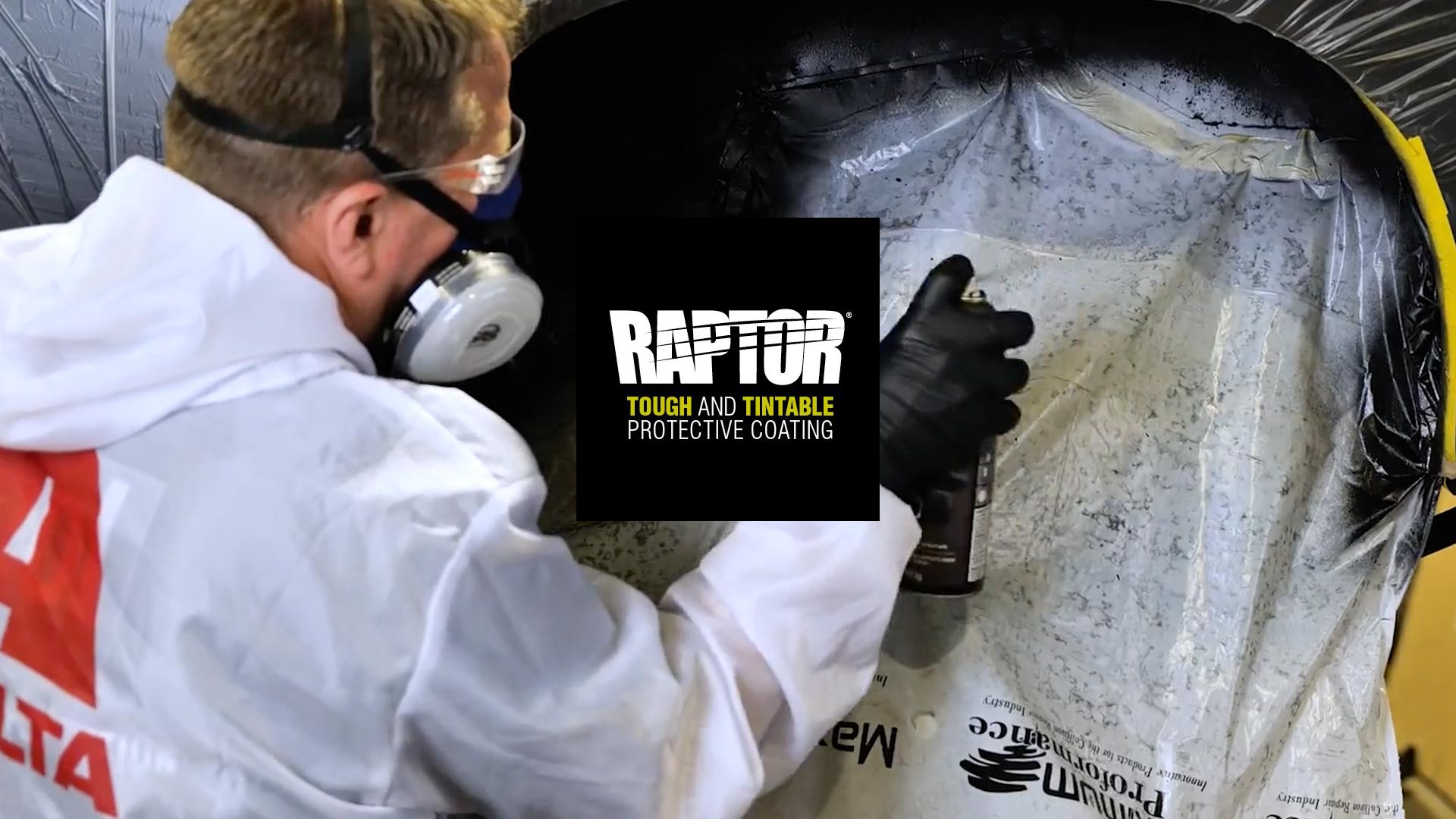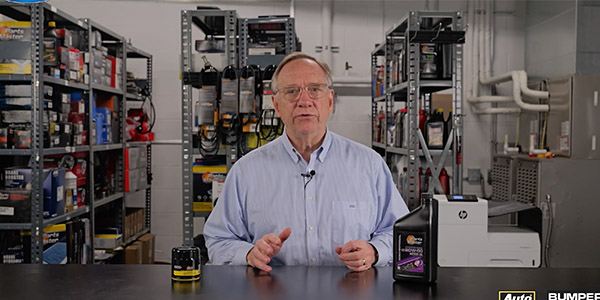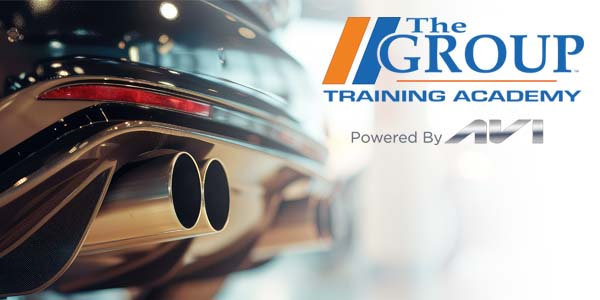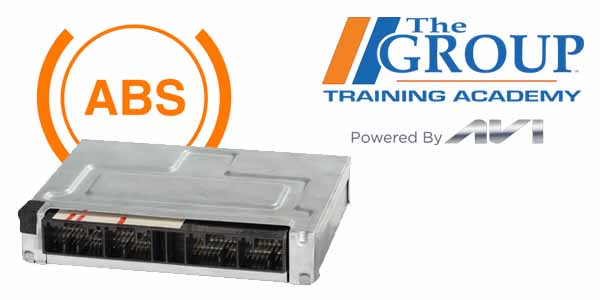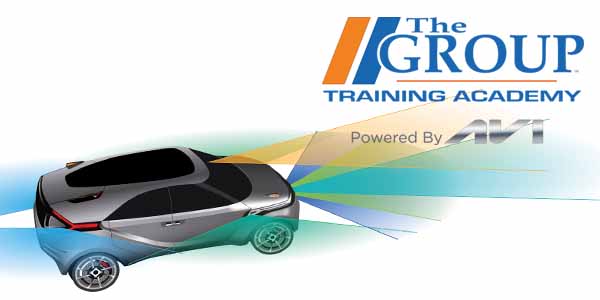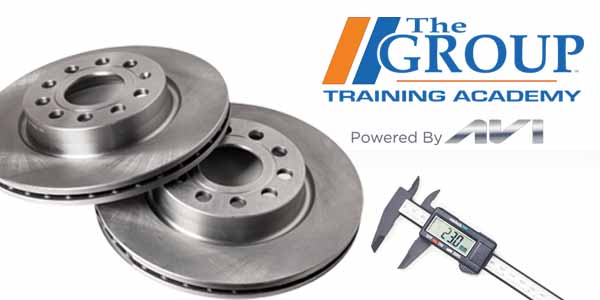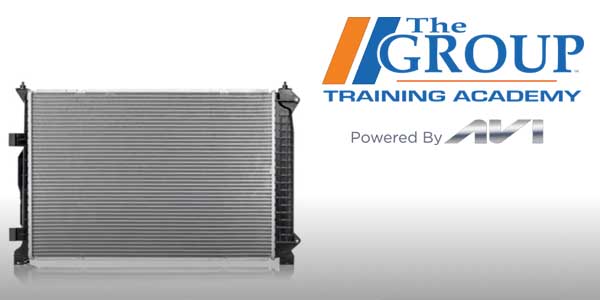In Part 1 of this video series, we talked about some of the earliest iterations of the transmission, and we introduced the concept of the planet gearset.
By the late 1930s, technology was ready for the planetary gearset once again, and the planetary gearset was back for good in the first mass-production automatic transmission: the GM Hydramatic four-speed. Unlike previous automatic-transmission designs, GM’s design, and the use of hydraulic fluid, not only was successful and dependable, but it also set the bar for the future of automatic transmissions.
This video is sponsored by The Pronto Network.

